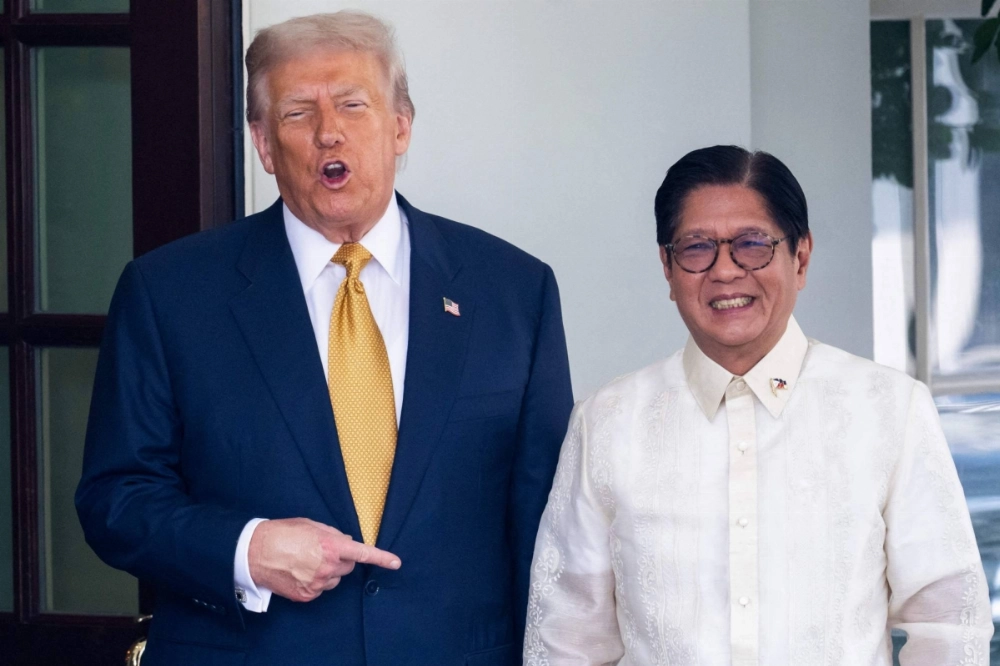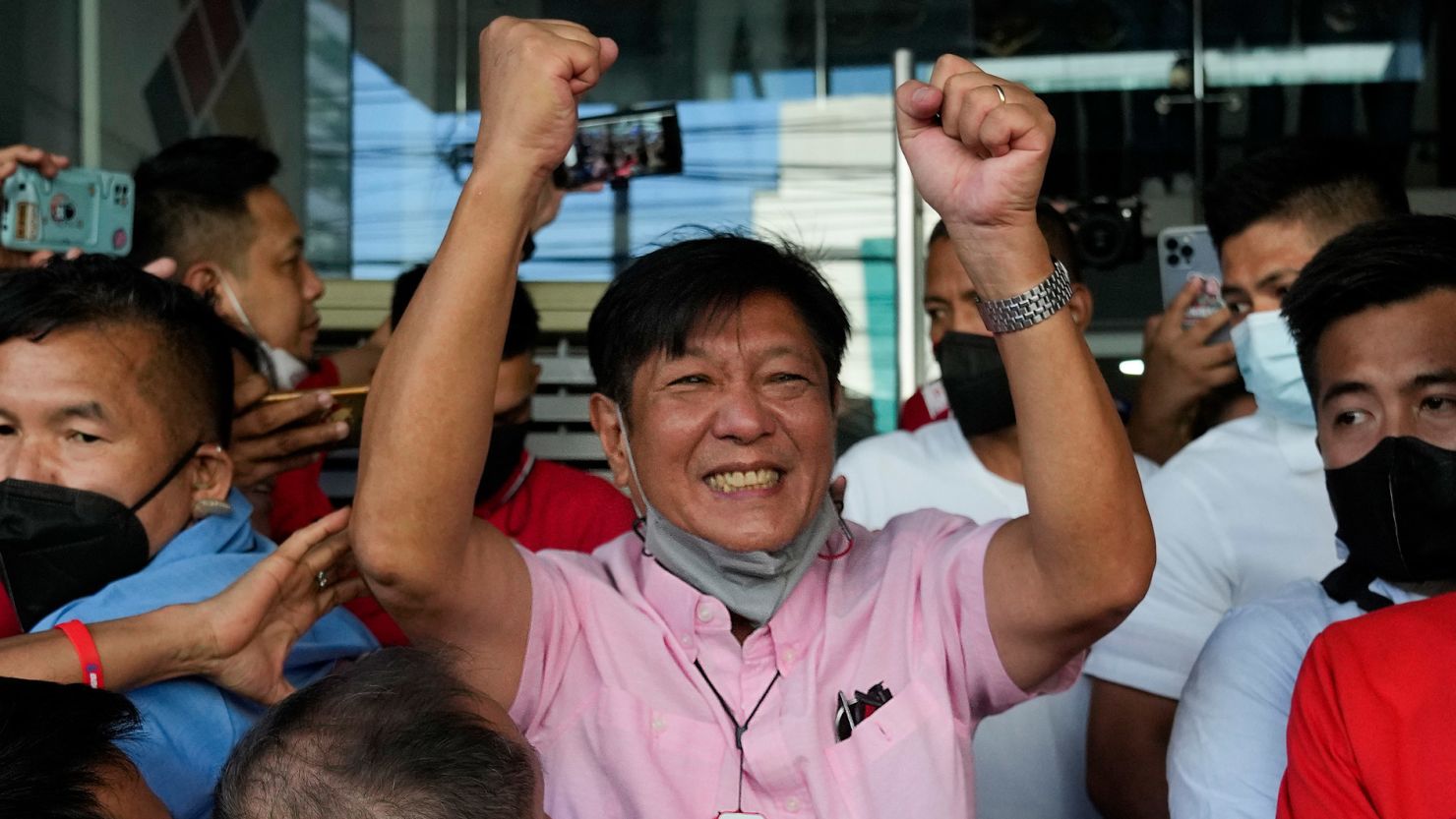For decades, the Philippines was often regarded as the “silent sibling” of Southeast Asia — a country with immense potential but lacking the spark to transform it into dominance. Today, that perception is being shattered. Within just a few short years, the nation has entered a period of unprecedented growth and transformation, with major leaps in economics, science, defense, and political influence.
Recent data from the World Bank, NEDA, PSA, and Reuters show that the Philippines is now entering one of the most dynamic phases in its modern history — and, in several sectors, has even outpaced traditional Asian powers.
1. Economic acceleration — from service nation to industrial powerhouse

Gone are the days when the Philippine economy depended solely on overseas remittances and call centers. Today, it stands as one of Asia’s fastest-growing industrial and technology-driven economies.
As of 2024, electronics and semiconductor exports account for nearly 60% of the country’s total export value, reaching over $12.9 billion USD. Tech giants such as Texas Instruments, Samsung, and Analog Devices have expanded their production hubs in Manila and Batangas, turning the Philippines into a global electronics manufacturing hub.
The aerospace and defense manufacturing sectors are also gaining momentum. Collins Aerospace has expanded operations to produce aircraft seating for Airbus, Boeing, and Embraer, marking a historic milestone in high-end manufacturing — an industry once dominated by Thailand and Singapore.
Even more impressively, the Philippines is now among the world’s leaders in high-tech exports as a percentage of total trade, proving that the nation is shifting from exporting labor to exporting innovation and technology.
2. Science, innovation, and technology — the Philippines’ “soft power” breakthrough
In 2024, the Philippines climbed in the Global Innovation Index (GII) to rank 53rd among 133 countries, surpassing several larger economies in Asia.
Sectors like artificial intelligence, biotechnology, and renewable energy are booming, thanks to strong government incentives for startups and R&D centers. The Department of Science and Technology (DOST) has launched the “Philippine Innovation Nation 2030” program — an ambitious blueprint to transform the country into Southeast Asia’s green tech hub within the decade.
Top universities such as Ateneo de Manila and the University of the Philippines are now partnering with institutions in the U.S., Japan, and South Korea to develop robotics, AI, and space research — making the Philippines an integral part of the global innovation chain.
3. Defense modernization — toward military self-reliance

Amid growing tensions in the West Philippine Sea, President Ferdinand Marcos Jr. has launched a massive military modernization drive, allocating nearly $35 billion USD over the next decade.
The Defense Industry Development Act of 2024 aims to establish the Philippines as a self-reliant defense producer, capable of manufacturing and maintaining its own military equipment. The law encourages foreign investment from defense giants like Lockheed Martin, Hanwha, and Hyundai Rotem, focusing on armored vehicles, missile systems, and radar technologies.
In tandem, the Philippines is strengthening its security alliances with the U.S., Japan, Australia, and South Korea, effectively positioning itself as a new strategic defense pillar in the Asia-Pacific region.
4. The digital economy and tech infrastructure — the new engine of growth
The Philippines’ digital economy grew by 7.6% in 2024, reaching 2.25 trillion pesos, equivalent to nearly 15% of GDP. E-commerce, fintech, and IT services dominate the landscape.
Cities like Cebu, Davao, and Clark have emerged as technology hubs, attracting tens of thousands of IT professionals. The BPO industry, once centered on call centers, is rapidly evolving into AI-driven outsourcing, where Filipino specialists now operate advanced artificial intelligence systems for clients around the globe.
The government’s Digital Philippines Act aims to bring nationwide high-speed internet access and fully digitize public services within the next five years — a move expected to revolutionize how citizens interact with government and commerce.
5. Political influence and international positioning — a new voice in global diplomacy
On the diplomatic front, the Philippines is demonstrating a newfound assertiveness. After a series of high-level meetings with the U.S., Japan, and South Korea, Manila has secured multiple agreements on energy, defense, and investment.
In October 2024, the Philippines and South Korea officially elevated their relationship to a “Strategic Partnership”, signaling deeper cooperation in energy and weapons development. This strategic balancing act places the Philippines not as a passive observer, but as an active geopolitical player shaping the future of the Indo-Pacific region.
6. Challenges remain — but the direction is clear
Despite its rapid rise, the Philippines still faces structural challenges — income inequality, corruption, and infrastructure bottlenecks. Yet, the nation’s resilience and the momentum from its booming tech, defense, and digital sectors are undeniable.
Global analysts are already calling this decade the “Philippine Renaissance” — a time when the nation’s economy, science, and governance converge to propel it toward global relevance. It is a moment reminiscent of South Korea’s transformation in the late 20th century — but with a uniquely Filipino spirit.
7. The dawn of a new era — the Philippines’ unstoppable momentum
The world is beginning to take notice. From Silicon Valley investors to defense analysts in Tokyo, all eyes are on the Philippines — a nation once dismissed as a follower, now stepping confidently into leadership.
With its youthful population, rapidly advancing industries, and revitalized political direction, the Philippines is proving that true power doesn’t come from size or history — it comes from reinvention.
As one Manila-based economist put it:
“The Philippines is no longer catching up. It’s leading in directions no one expected.”
If the current trajectory continues, by the early 2030s, the Philippines could emerge as Southeast Asia’s industrial, technological, and defense hub — and a formidable regional power whose influence stretches far beyond its 7,000 islands.





